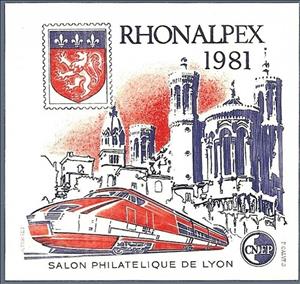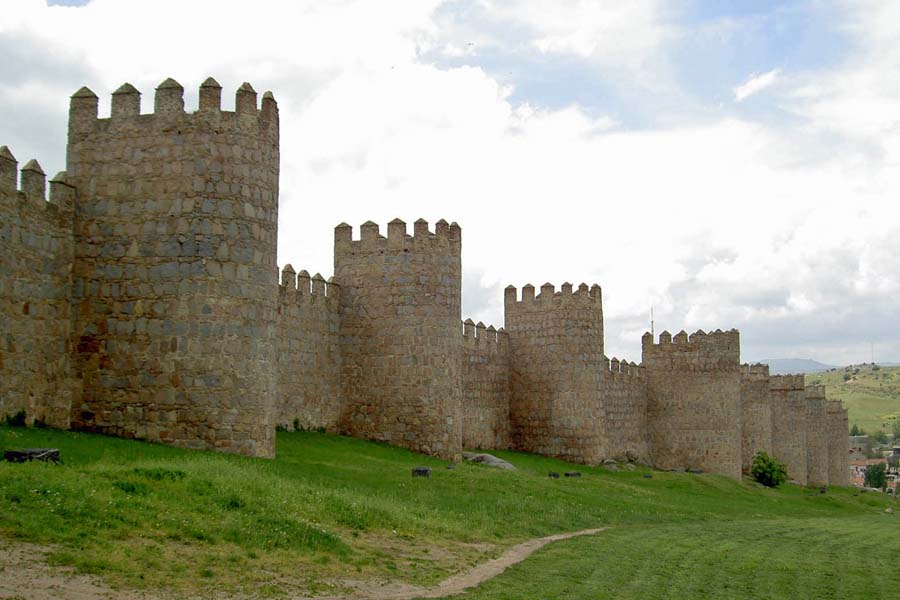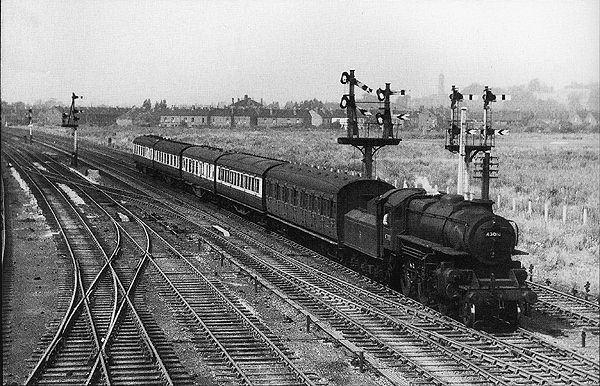Souvenir Sheet: Rhonalpex Philatelic Show Lyon (France 1981)
Rhonalpex Philatelic Show Lyon (France 1981)
01 January (France ) within release CNEP Collector Sheets goes into circulation Souvenir Sheet Rhonalpex Philatelic Show Lyon face value None No Face Value
| Souvenir Sheet Rhonalpex Philatelic Show Lyon in catalogues | |
|---|---|
| Yvert et Tellier: | Yt: FR CNEP2 |
Souvenir Sheet is square format.
|
Data entry completed
46%
|
|
|---|---|
| Souvenir Sheet Rhonalpex Philatelic Show Lyon in digits | |
| Country: | France |
| Date: | 1981-01-01 |
| Emission: | Erinnophilia |
| Format: | Souvenir Sheet |
| Face Value: | None No Face Value |
Souvenir Sheet Rhonalpex Philatelic Show Lyon it reflects the thematic directions:
A church building, often simply called a church, is a building used for Christian religious activities, particularly worship services. The term in its architectural sense is most often used by Christians to refer to their religious buildings, but it is sometimes used (by analogy) for buildings of other religions. In traditional Christian architecture, the church is often arranged in the shape of a Christian cross. When viewed from plan view the longest part of a cross is represented by the aisle and the junction of the cross is located at the altar area. Towers or domes are often added with the intention of directing the eye of the viewer towards the heavens and inspiring church visitors. Modern church buildings have a variety of architectural styles and layouts; many buildings that were designed for other purposes have now been converted for church use; and, similarly, many original church buildings have been put to other uses. The earliest identified Christian church was a house church founded between 233 and 256. During the 11th through 14th centuries, a wave of building of cathedrals and smaller parish churches occurred across Western Europe. A cathedral is a church, usually Roman Catholic, Anglican, Oriental Orthodox or Eastern Orthodox, housing the seat of a bishop.
A defensive wall is a fortification usually used to protect a city, town or other settlement from potential aggressors. The walls can range from simple palisades or earthworks to extensive military fortifications with towers, bastions and gates for access to the city. From ancient to modern times, they were used to enclose settlements. Generally, these are referred to as city walls or town walls, although there were also walls, such as the Great Wall of China, Walls of Benin, Hadrian's Wall, Anastasian Wall, and the Atlantic Wall, which extended far beyond the borders of a city and were used to enclose regions or mark territorial boundaries. In mountainous terrain, defensive walls such as letzis were used in combination with castles to seal valleys from potential attack. Beyond their defensive utility, many walls also had important symbolic functions – representing the status and independence of the communities they embraced.
A coat of arms is an heraldic visual design on an escutcheon (i.e. shield), surcoat, or tabard. The coat of arms on an escutcheon forms the central element of the full heraldic achievement which in its whole consists of shield, supporters, crest, and motto. A coat of arms is traditionally unique to an individual person, family (except in the United Kingdom), state, organisation or corporation.
Railways - Transportation system made up of metal rails which is designed to allow trains to maneuver on the tracks from one location to the next.




